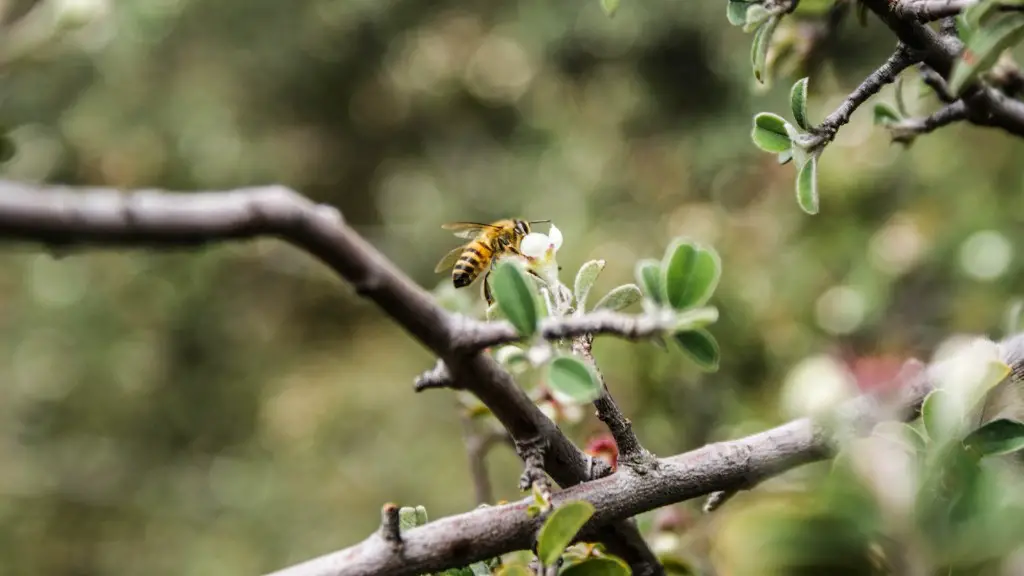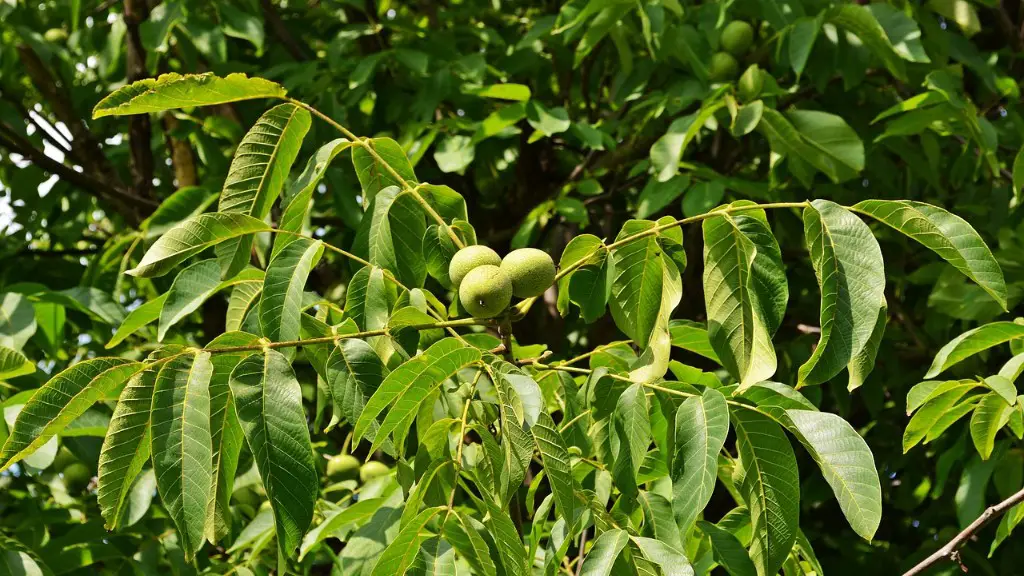Description
Avocados are a popular and healthful fruit that can often be found in smoothies, guacamole, and salads. For the serious gardener, the temptation to grow their own avocados tree can be irresistible. Growing an avocado tree from seed is an inexpensive and easy process that can provide a gardener with a never-ending supply of fresh avocados.
Timing
The timing of planting avocados is crucial for success. Planting avocados too late can lead to a range of problems, including poor rooting or even death. The best time to plant an avocado tree in the ground depends on the climate of the area where it will be planted.
In the northern hemisphere, avocados should be planted between April and October. In the southern hemisphere, October to April is the ideal planting time.
In tropical and subtropical regions, avocados can be planted year-round. However, for best results, it is recommended that plantings occur in the wet season, when more moisture is available.
Soil
Avocados need soil with good drainage and a high amount of organic matter, such as compost or manure. The pH of the soil should be between 6.0 and 6.5. If the soil is too acidic, it can be amended with lime or wood ash to raise the pH.
Before planting the avocado tree, it is important to dig a hole two to three times wider and deeper than the root ball of the tree. The hole should be filled with at least six inches of organic material.
Watering
Established avocado trees should be watered deeply once a week, allowing the water to soak down to the roots of the tree. Newly planted trees should be watered every two to three days for the first month, and then gradually reduced to once a week.
It is important to ensure that the soil is not over-saturated. Watering too frequently can lead to root rot, a condition that can be fatal to an avocado tree.
Fertilizer
Regular fertilizer is essential for the growth and health of an avocado tree. It is best to use a fertilizer made specifically for avocados or other citrus trees.
Avocado trees should be fertilized twice a year – once in April and once in October. Apply fertilizer to the soil around the tree, keeping it at least six inches away from the trunk of the tree. Water generously after fertilizing to help the fertilizer to reach the roots.
Mulching
Mulching around the tree can help to retain moisture and reduce the competition from weeds. Apply at least four to six inches of wood chips, straw, or other organic material around the area.
Sunlight
Avocado trees need full sun for at least six hours a day. Providing adequate light to the tree is important for its lifecycle and the development of fruit.
Pruning
Pruning is important for encouraging growth and reducing the risk of diseases. Prune the tree lightly for the first two years of its life to encourage branching. Once established, prune the tree lightly once a year to promote air circulation and keep it looking neat.
Protection
Avocado trees should be protected from frost and extreme temperatures. If the temperature is forecast to drop below 30 degrees Fahrenheit, cover the tree with a sheet or blanket to keep the temperature even.
Harvesting
Harvesting avocados is a fun and rewarding experience. Depending on the variety of avocado tree, the fruit can be harvested anywhere between four and eight months after planting. The best time to harvest avocados is when they have a dark green skin and yield slightly to gentle pressure.
Pests and Diseases
Avocado trees are subject to a variety of pests and diseases. Common pests include aphids, mealybugs, and scale insects. It is important to take measures to control these pests, such as using organic insecticides. Common diseases include root rot, powdery mildew, and foot rot.
Control Measures
The best way to control pests and diseases is to practice good hygiene. This means cleaning up fallen leaves, removing infected branches and leaves, attracting natural predators such as ladybugs and lacewings, and avoiding over-watering or excessive fertilization.
Container Growing
Growing an avocado tree in a container is possible but can be more challenging than growing it in the ground. Containers should be large enough to accommodate the root system and made from a material that allows for good drainage. The container should be placed in a location that receives full sun. The tree should be watered regularly, but the soil should not become waterlogged.
Transplanting
For trees in containers, it is best to transplant them outdoors when they reach a height of two or three feet. The hole for transplanting should be slightly larger than the root ball of the tree and filled with compost or manure. After transplanting, the tree should be watered deeply and monitored closely.
Location
When selecting a spot to plant an avocado tree, it is important to consider the soil, sunlight, and wind protection. The soil should be well-drained and high in organic matter. The tree should be protected from strong winds and receive at least six hours of full sun a day.
Experts Opinion
According to experts, the best time to plant an avocado tree in the ground is when the temperature is consistently above 70 degrees. Planting in hot weather will encourage root development and promote faster growth. However, it is also important to ensure that the soil is well drained, fertilized, and mulched before planting the tree.
Conclusion
Overall, planting an avocado tree in the ground is an exciting and rewarding experience. When deciding when to plant an avocado tree, it is important to consider the climate, soil, location, and fertilization needs of the tree. With proper care and maintenance, an avocado tree can provide a gardener with a never-ending supply of fresh avocados.


